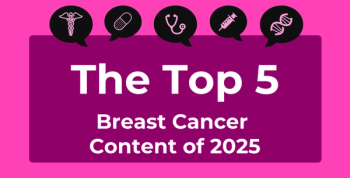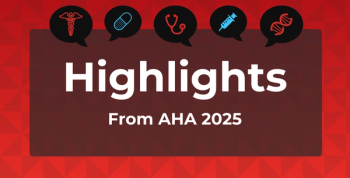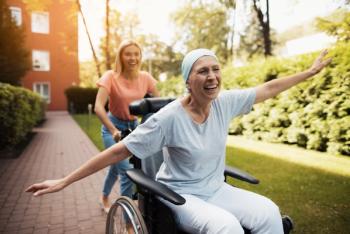
Sleep Disturbance Associated With Increased Risk of Death, Particularly in Women
Unconscious wakefulness during nighttime sleep, known as cortical arousal, was significantly associated with an increased risk of cardiovascular-related death and death from any cause, with women especially at notable risk.
Women experiencing arousal burden may be at significantly greater risk of
As a normal feature of
“Arousals, irrespective of the underlying mechanism, impact heart rate, blood pressure, and cardiac hemodynamics acutely, but, when frequent, may also disrupt the circadian rhythm of the CV system, which is associated with unfavorable metabolic profiles, such as higher blood pressure, dysregulated blood lipids, and insulin resistance,” said the study authors.
Hypothesizing that a high
- 2782 male participants of the Osteoporotic Fractures in Men Study (MrOS) sleep study (mean [SD] age at baseline, 76.66 [5.5] years)
- 424 female participants in the Study of Osteoporotic Fractures (SOF) (mean age at baseline, 82.9 [3.2] years)
- 2221 men and 2574 women in the Sleep Heart Health Study (SHHS) (mean age at baseline, 64 years)
During follow-up of the MrOS study (11.2 [2.1] years), 665 men died, and 236 were CV-related deaths. Furthermore, follow-up for the SOF study (6.4 [1.6] years) saw 105 deaths among women, including 47 CV-related deaths, and there were 987 deaths, including 344 CV-related deaths, reported during the follow-up of the SHHS study (10.7 [3.1] years).
Adjusting for common confounders, including body mass index,
For men experiencing arousal burden that accounted for more than 8.5% of their night's sleep, significant associations were shown in the SHHS study for all-cause mortality (HR, 1.31; 95% CI, 1.06-1.62; P = .011) and in the MrOS study for CV mortality (HR, 1.35; 95% CI, 1.02-1.79; P = .034) compared with men with a lower arousal burden.
However, findings for increased risk of death for all-cause mortality in MrOS (HR, 1.11; 95% CI, 0.94-1.32; P = .261) and CV-related death in SHHS (HR, 1.24; 95% CI, 0.86-1.79; P = .271) were not statistically significant.
"It is unclear why there is a difference between men and women in the associations, but there are some potential explanations,” said Dominik Linz, PhD, associate professor in the Cardiology Department at Maastricht University Medical Center, the Netherlands, in a
Researchers said that arousal burden may represent a promising marker to identify mortality risk, with further analysis of frequency of wake periods or sleep stage transitions’ impact on risk suggested.
Reference
Shahrbabaki SS, Linz D, Hartmann S, Redline S, Baumert M. Sleep arousal burden is associated with long-term all-cause and cardiovascular mortality in 8001 community-dwelling older men and women. Eur Heart J. Published online April 19, 2021. doi:10.1093/eurheartj/ehab151
Newsletter
Stay ahead of policy, cost, and value—subscribe to AJMC for expert insights at the intersection of clinical care and health economics.









































